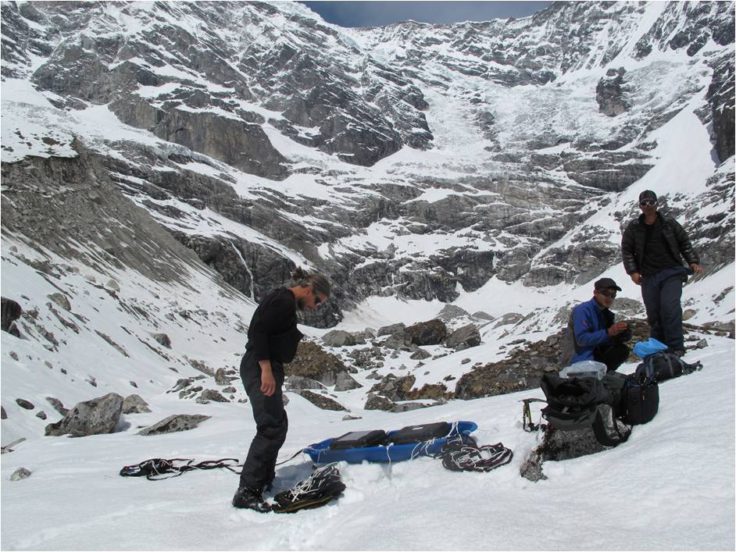Glaciers in the spotlight on BBC’s Our Frozen Planet
How much water the mountain glaciers of the Himalayas contain and how the mighty Thwaites Glacier in West Antarctica will contribute to global sea-level rise form part of the final episode of the BBC Natural History Unit’s blockbuster Frozen Planet II this Sunday 16 October on BBC ONE at 8.00pm (UK time).
After five episodes following the stories of the charismatic animals that depend on the Earth’s icy landscapes, and their battle as their environment is changing, the last programme, Our Frozen Planet, will hear from the people who live there and the scientists studying these places on the front line of climate change.
Glaciers for water
Rapid ice loss is happening across the high mountains of the planet’s continents. BAS glaciologist Hamish Pritchard and a team of engineers use a novel helicopter-slung radar system to try and quantify how much ice is left in the previously unsurveyed glaciers of the Himalayas. It’s important, as downstream the livelihoods of some 800 million people depend on the meltwater these glaciers provide.

Thwaites Glacier
An international group of scientists, part of the International Thwaites Glacier Collaboration, that includes over 25 BAS scientists, is on an urgent mission to assess the stability of a huge body of ice known as the Thwaites glacier. If this huge body of ice, the size of the UK or the US state of Florida were to melt, it will raise global sea levels by up to 65cm impacting coastal communities across the planet. Viewers will join the MELT team, that includes BAS oceanographers and engineers, as they and collaborators from Cornell University deploy a probe called Icefin through the ice to the ocean below. It is all part of a big effort to piece together how much and how fast the glacier might change and contribute to sea levels.
These unprecedented changes the scientists are witnessing in this episode may be profound, but there is hope: that through a combination of technology and willpower there is still time to save what remains of our frozen planet.
Find out more about the series here.